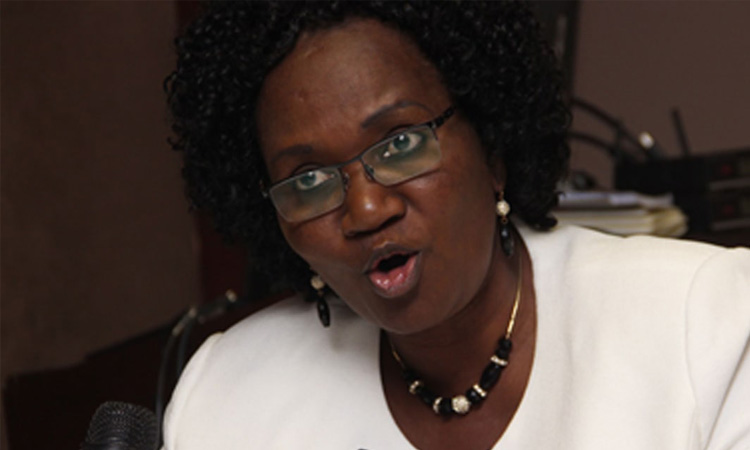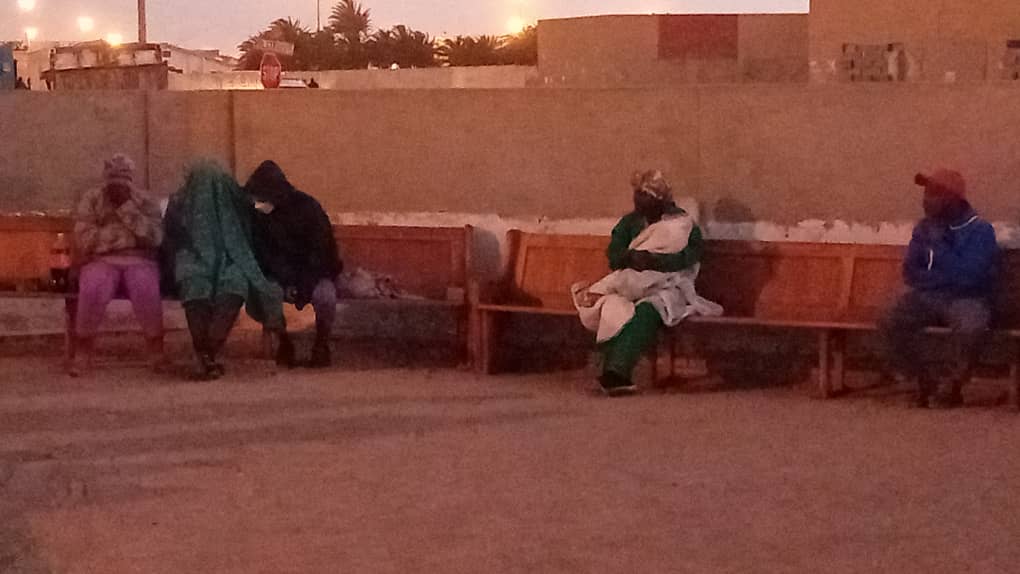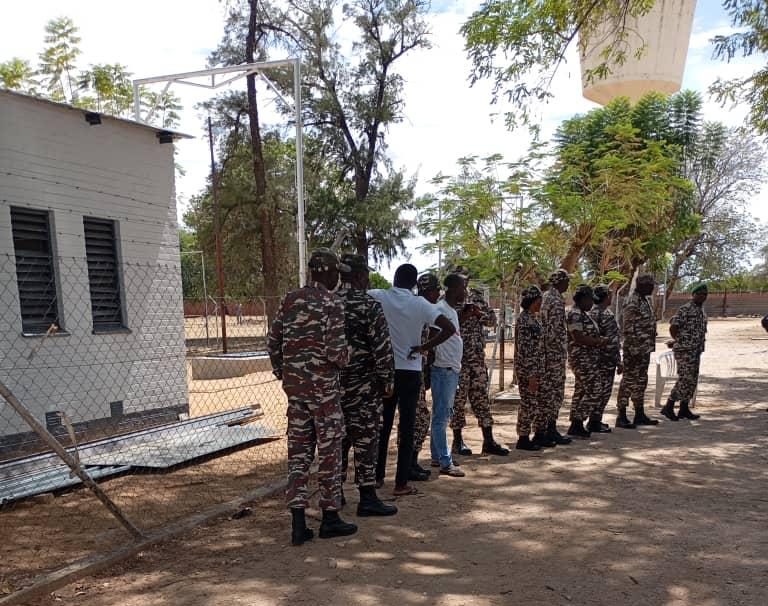HIGHER education, training and innovation minister Itah Kandjii-Murangi said the negative perception about technical vocational education and training (TVET), mostly among the youth is fading.
“I will say it is fading but needs continuous work on dispelling the negative perception. We are a nation that has been denied education for long, particularly at higher education and training level, during our colonial period.
Therefore, shortly after independence the focus was on those who could move forward into different sectors of the economy. And obviously that emphasised and capitalised on university degrees,” Kandjii-Murangi said in an interview.
“We are still stuck with degrees, masters and PhDs. Well, all education is good but it is time for us to begin to really harness different types of education so that we won’t end up being educated but unemployed and not able to sustain ourselves.”
TVET was one of the goals set out in the Harambee Prosperity Plan (HPP) I, which also sought to improve the image of vocational education and training.
This included adopting TVET as the standardised international training convention and renaming vocational educational centres as technical and vocational training colleges.
Since 2015 when she took over at higher education, Kandjii-Murangi said they have achieved a lot in terms of transforming and expanding vocational education training.
“We have been trying hard in the TVET sector and we have actually outperformed ourselves during the first term, even now. The target that we set ourselves within vocational education, we hoped to have 24 000 students by 2018. We actually surpassed that, we are in the region of 30 000. I am sure by now, probably we are above 60 000 or so students going into TVET proper,” she said.
While launching the first Harambee Prosperity Plan, president Hage Geingob made a pronouncement for each political region to have a public vocational training centre.
Kandjii-Murangi said four regions have already been identified to establish new vocational education colleges.
“I can say comfortably that since all those foundational pronouncements in 2015, the TVET development in our country has been on a very positive trajectory,” she said.
“We have about four regions that have been identified, for us to have new vocational centres.”
Kandjii-Murangi said the new vocational education college at Khorixas in the Kunene region has been completed and will be operational this year.
“Another one is //Kharas at Keetmanshoop, construction there is still ongoing. The other one is in Hardap, but this one, actually we decided to expand the existing centre, which was a centre of the ministry of youth. And we joined hands with them and we decided to expand that centre to become a fully fledged TVET centre,” she said.
“In Kavango West, the commissioning of the construction of that vocational education centre was done at the same time with that of Kunene, but got delayed because of a problem with the contractor. It is lagging behind.
“And the other region was Oshikoto, where we have the area identified, and fenced off. But because of limited resources, we hope that we can complete those that we have started and probably see how best we can gather resources to start Oshikoto maybe toward the end of this year or early next year.”
The Ministry of Higher Education, Training and Innovation has also resolved to turn some public vocational training centres into production hubs to manufacture furniture and leather products.Youth 4
Stay informed with The Namibian – your source for credible journalism. Get in-depth reporting and opinions for
only N$85 a month. Invest in journalism, invest in democracy –
Subscribe Now!






